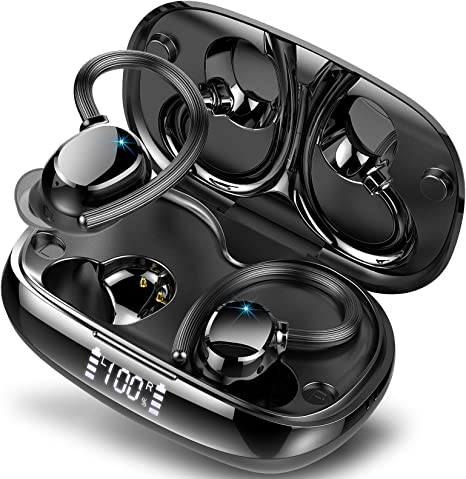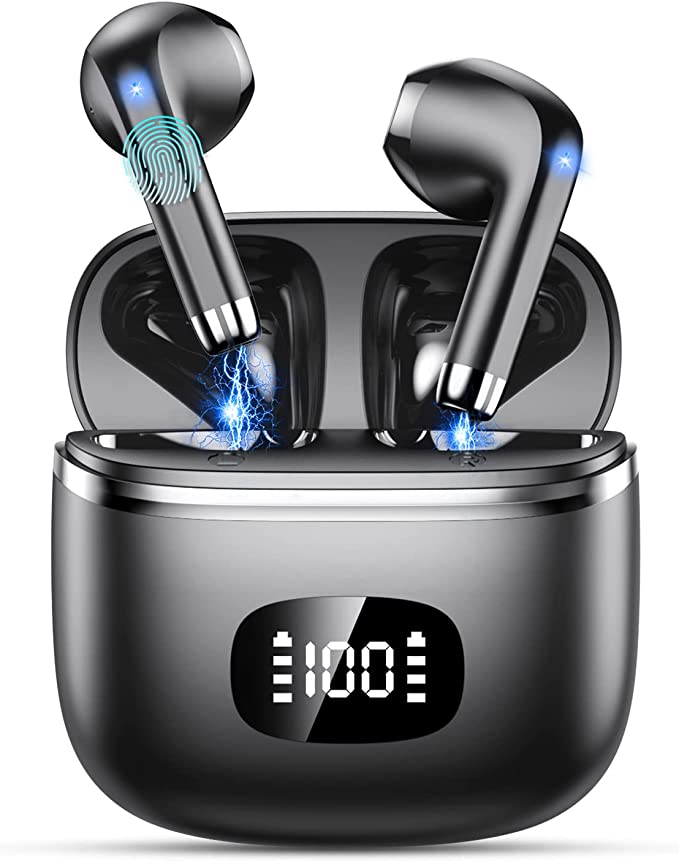BLUEAIR 311i+ Max Air Purifier: Breathe Easy with HEPASilent Technology
Update on June 10, 2025, 8:57 a.m.
In the quiet corners of our homes, an invisible battle rages on. A microscopic ballet of dust, pollen, pet dander, and viruses pirouettes in sunbeams, a constant reminder of what we breathe. For over half a century, our primary weapon in this fight was a relic of the Second World War, a brute-force solution born from the immense scientific pressure of the Manhattan Project. This technology, the HEPA (High-Efficiency Particulate Air) filter, was designed for the critical task of capturing radioactive particles. It was, and still is, remarkably effective. But its strength has always concealed a fundamental flaw, an engineering dilemma that has echoed in our living rooms as a persistent hum.

The Engineer’s Dilemma: A Wall of Fibers
Imagine a HEPA filter as an incredibly dense forest of fibers. To be effective, it must act like an impenetrable wall, physically trapping at least 99.97% of particles that are 0.3 microns in size—a dimension notoriously difficult to catch. Now, imagine trying to push a massive amount of air through that dense forest. The resistance is immense.
This resistance is what engineers call Pressure Drop. A high pressure drop is the villain of our story. To overcome it, a purifier’s fan must spin furiously, like a hurricane trying to force its way through a jungle. This creates a cascade of undesirable consequences: a loud, disruptive noise that disturbs sleep and conversation; a voracious appetite for electricity that inflates utility bills; and a potential reduction in overall airflow, limiting how quickly a room can be cleaned. For decades, the choice was stark: accept the noise and energy cost of powerful filtration, or compromise on the quality of your air. It was a battle of brute force, and the collateral damage was the tranquility of our homes.
The Elegant Gambit: A Magnetic Web
This is where the narrative of air purification takes a fascinating turn. The story of the Blueair 311i+ Max isn’t about a bigger, stronger fan. It’s about side-stepping the fight altogether with a stroke of genius rooted in basic physics. Its proprietary HEPASilent™ technology is less about brute force and more about clever finesse.
Instead of just a denser wall, imagine a far less dense, more open web. As polluted air enters the purifier, it first passes through a chamber where the airborne particles—the dust, the dander, the smoke—are given a tiny electrostatic charge. They become, in effect, magnetized.
Now, as they approach the filter media, something wonderful happens. The charged particles are actively drawn to the filter fibers, sticking to them like iron filings to a magnet. This electrostatic attraction means the filter itself no longer needs the extreme density of a traditional HEPA filter to achieve the same, or even better, results. It’s a magnetic web, not a barricade. It coaxes particles out of the air instead of violently sieving them. This elegantly solves the pressure drop problem. The fan can now gently and quietly push air through the open web, achieving filtration supremacy without the struggle.

The Telltale Signs of Victory
The proof of this victory isn’t just theoretical; it’s measured, certified, and experienced. The first sign is the sound of silence. Because the fan can operate at a relaxed pace, the 311i+ Max produces as little as 23 decibels of sound on its lowest setting—quieter than a whisper. This isn’t just a claim; it’s a fact certified by Quiet Mark, an independent global program that validates low-noise, high-performance technology.
The second sign is a mere sip of power. A relaxed fan is an efficient fan. On its highest setting, the unit consumes only 38 watts, less than an old incandescent lightbulb. This exceptional performance earned it the “Most Efficient” designation from the U.S. Environmental Protection Agency’s Energy Star program in 2023, signifying it’s among the absolute best in its class for energy conservation.
Finally, and most importantly, this efficiency doesn’t sacrifice an ounce of performance. The effortless airflow translates to a high Clean Air Delivery Rate (CADR) of 300, a figure verified by the Association of Home Appliance Manufacturers (AHAM). This means it has the proven power to thoroughly clean the air in a large 465-square-foot room in about 12.5 minutes, capturing at least 99.97% of tiny airborne particles like viruses and smoke down to 0.1 microns. It’s the trifecta of performance: quiet, efficient, and powerful.

A Sentry in the Kitchen
The intelligence of this system truly comes alive in a real-world setting. Consider the testimony of a user who was sautéing Italian sausage and onions. The moment those aromatic particles hit the air, the purifier’s PM2.5 sensor—its vigilant nose—detected the change. The LED indicator shifted color, and the fan automatically ramped up, clearing the cooking odors and particulates in minutes before seamlessly returning to its silent, watchful state. This is “Auto Mode” not as a gimmick, but as a responsive sentry, using energy precisely when needed.
This objectivity also means acknowledging where the focus lies. While superb at capturing particles, the activated carbon layer, designed to trap light odors and gases, may be less effective against heavy volatile organic compounds (VOCs), as some users have noted. The unit is a master of particle removal, its primary design goal.

The Quiet Confidence of Clean Air
Of course, any technology involving electrostatic principles must answer one critical question: safety. Specifically, ozone. The Blueair 311i+ Max addresses this with transparent, verifiable proof. It is certified by the stringent California Air Resources Board (CARB) for meeting ozone safety standards and independently verified to produce virtually zero ozone. This isn’t a promise; it’s a guarantee backed by some of the most rigorous regulatory bodies in the world.

In the end, the story of this air purifier is a microcosm of great engineering. It’s a tale of how, after decades of accepting a noisy compromise, a clever application of physics provided an elegant solution. It reminds us that the most profound innovations are often not the loudest, but the ones that work so quietly and efficiently, they seamlessly restore peace and health to our environment. Choosing a path to cleaner air is about more than just reading a spec sheet; it’s about understanding the science and appreciating the quiet confidence that comes from a problem, elegantly solved.


















